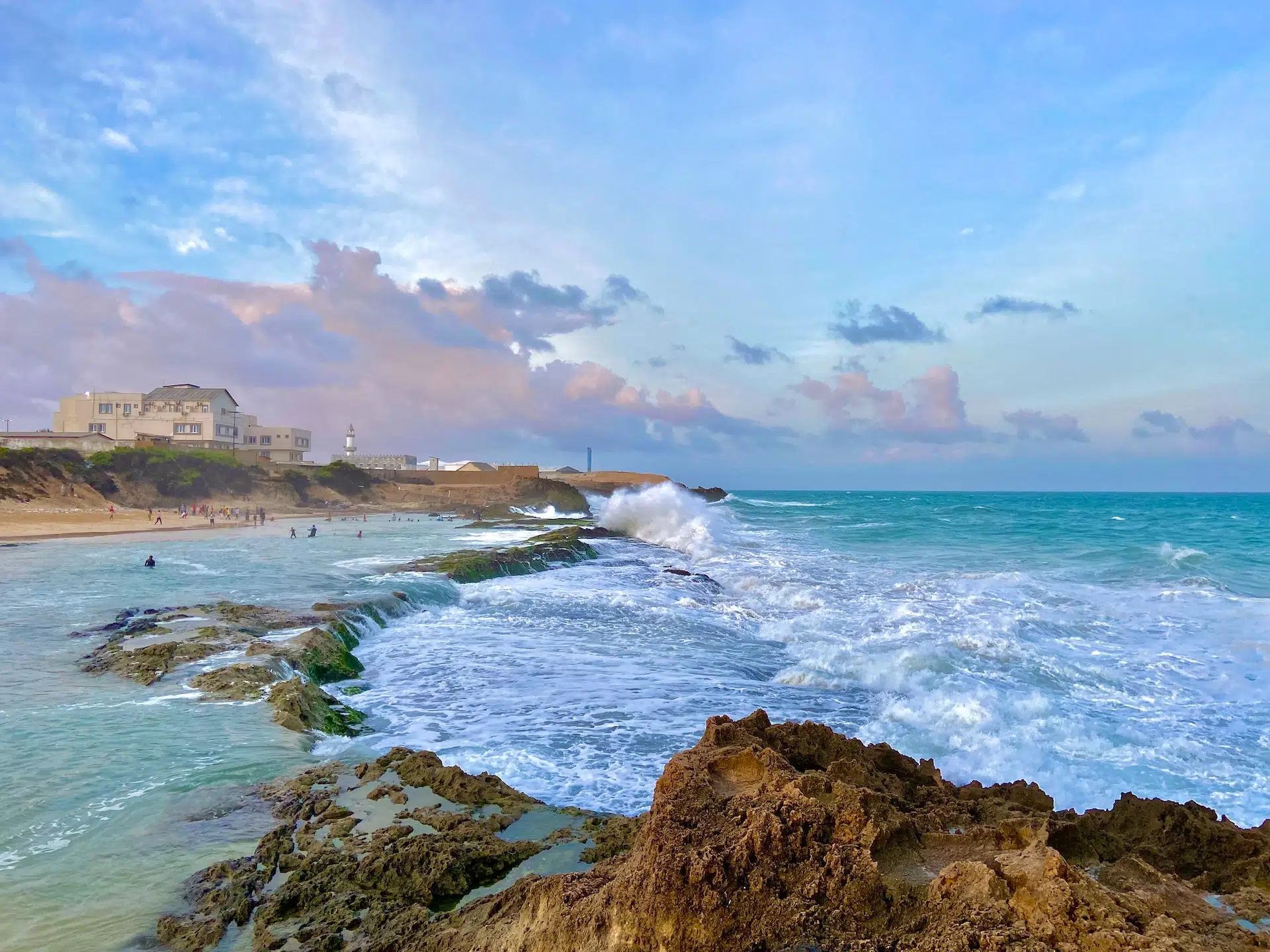Frequently Asked Questions About Somalia
General FAQs for Somalia
What is the capital city of Somalia?
What currency do I need in Somalia?
What is the official language of Somalia?
When should I visit Somalia?
How many days do you need in Somalia?
What are the emergency phone numbers in Somalia?
In case of emergency, the main number to call in Somalia is 888. This is a toll-free phone line that connects to the local police and other emergency services. In addition, you can also call 112 for medical help or 999 for fire assistance. It’s important to note that these numbers may not be available in all areas, so it’s best to do your research ahead of time.
It is also recommended to contact the local embassy or consulate for assistance in emergency situations. They can provide information on safety tips and other services that may be of use during your trip. With proper preparation, you can ensure a safe and enjoyable experience in Somalia.
Places FAQs For Somalia
What are the must visit places in Somalia?
• Mogadishu: The capital city of Somalia, boasting a vibrant culture and exciting nightlife.
• Laas Geel: An archaeological site containing ancient cave art estimated to be over 5,000 years old.
• Kismayo: A port city in the south of the country known for its white-sand beaches.
• Puntland: A region in eastern Somalia, offering plenty of outdoor activities and untamed nature.
• Hargeisa: The capital of the self-declared Republic of Somaliland, with a unique history and culture to explore.
• Gaalkacyo: A city divided between two regions, offering a great opportunity for cultural exchange.
• Berbera: A coastal city near the Gulf of Aden, boasting stunning views and pristine beaches.
• Galdogob: A desert oasis offering an array of activities such as camel rides and sand boarding.
• Burao: An agricultural hub surrounded by rolling hills, with plenty of outdoor activities for visitors.
• Merca: An ancient port city located near the country’s southern tip, offering excellent seafood and historical sights. No matter what your interests are, there is something for everyone to explore in Somalia. With its rich culture, stunning landscapes and fascinating history, it is sure to be an unforgettable experience. Plan your trip today and start discovering all that Somalia has to offer!
What is the best mode to travel in Somalia?
Budget FAQs For Somalia
How much will the vacation in Somalia cost?
How much is the cost of eating out in Somalia?
What is the cost of accommodation in Somalia?
What is the cheapest time to travel Somalia?
Culture FAQs For Somalia
How are the people in Somalia generally?
Which food dishes should I try in Somalia?
– Muufo: a flatbread made from maize or sorghum flour, served with meat and vegetables.
– Sambusa: triangular pastry filled with spiced minced beef or vegetables.
– Xalwo: rice cooked in clarified butter and flavoured with spices, served with a stew of your choice.
What are the favorite sports in Somalia?
What are the major religions in Somalia?
What are the famous festivals in Somalia?
– Eid Al-Fitr: marks the end of Ramadan and is celebrated with feasts, gift giving and special prayers.
– Eid Al-Adha: commemorates the willingness of Ibrahim (Abraham) to sacrifice his son for Allah and is celebrated with prayers, family gatherings and charity works.
– Israa & Mi’raj: marks the time when Prophet Muhammad ascended to heaven and is celebrated by Muslims around the world.
– New Year: celebrated on the 1st of Muharram, which marks the start of a new Islamic calendar year.
– Arawa: celebrates the destruction of idols from Mecca and is typically marked with fasting and special prayers.
– Ashura: commemorates the martyrdom of Prophet Muhammad’s grandson, Husayn ibn Ali and is observed with fasting and mourning.
– Id al-Mawlid: celebrates the birth of Prophet Muhammad and is typically marked with feasts, gift giving and special prayers.
What souvenirs to bring back from Somalia?
– Somali carpets: colorful and intricately designed woolen carpets.
– Wood carvings: beautifully crafted wooden sculptures depicting traditional Somali culture.
– Jewelry: intricate silver and gold jewelry with intricate designs, often adorned with precious stones.
– Musical instruments: drums, flutes, lyres and other traditional musical instruments.
– Spices: traditional Somali spices such as cumin, cardamom and cinnamon are popular souvenirs.
– Leather goods: handmade leather bags, purses and wallets made from goatskin or sheepskin.
– Coffee & tea sets: traditional coffee and tea sets made from clay or brass.
















